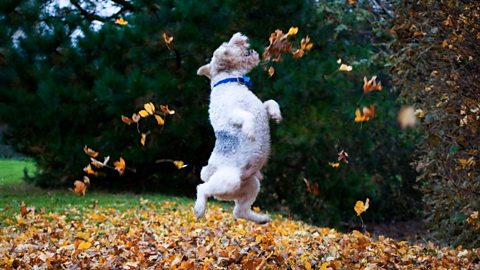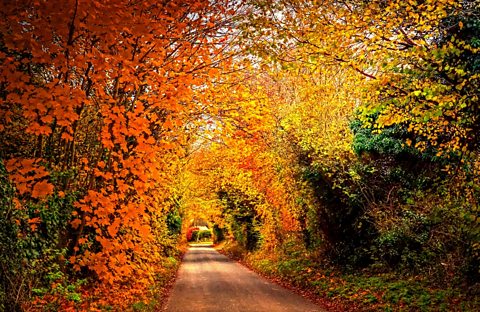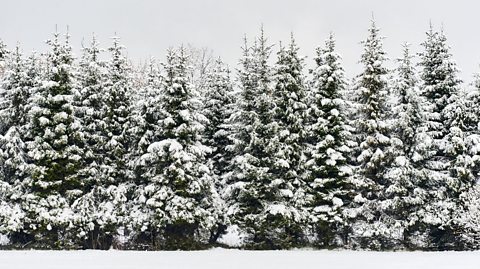Thereās no denying it, as much as you may want to - summer is officially over.
While that means long days in the sunshine may be behind us, another spectacle of a season is in full flow. Itās autumn, and that means the leaves on the trees are turning beautiful shades of yellow and red, before falling off entirely.
Why does this happen?

Itās a way of protecting the trees, and making sure they survive the winter and beyond. Leaves die during the winter months. If those dead leaves stayed on the trees, and new, working ones didnāt grow in their place, the trees would have no way of processing food for themselves.
Why do leaves change colour?

When leaves are green they are working as organs for the tree. The green colour comes from a part of the cell called chlorophyll, which processes sunlight into sugars that the tree can āeatā. As the weather gets colder, the days get darker, and there is less sunlight for them to munch on, the rest of the tree starts to absorb these useful parts of the leaves. It then stores them for winter in its roots. As the tree does this, the green chlorophyll is removed, which reveals hidden colours in the leaves.
The first colours to appear are yellow, then they turn clear too, revealing the gorgeous red-brown that dominates most of the autumnal months.
Here's a quick run down of why leaves change colour.
So then why do they fall?
Simply, trees actively shed their leaves because thereās no use for them anymore. Doing this also ensures the treeās long-term survival. If it didnāt do it every year, the water in the cells of the leaves would freeze, and this would rupture them, as water expands as it turns to ice.
By the time summer rolled around, the tree would have no working leaves, so no means to create food, and it would die pretty quickly. Also, by the time summer ends, most leaves have either been eaten by bugs or have decayed to some extent, so this gives them a chance to start fresh. To turn over a new leaf, if you will.
But Christmas trees stay green all year round - whyās that?

Some trees are what are known as āevergreensā. As the name suggests, that means their leaves are green all the time and they donāt fall off. The reason for this is trees such as firs have a thick, waxy coating called a resin that protects their leaves. This means they donāt freeze and rupture like other treesā leaves would when they get cold, so they donāt need all of them to fall off and regrow in time for summer. Some do fall off sporadically throughout the year though, and some trees called semi-evergreens only shed all their leaves when itās cold enough. If the winter months are mild, they stay green.
Wait a second - Iām constantly cleaning up needles from my Christmas tree in December. So they do fall off!
Thatās because the tree has been cut down and cannot uptake water anymore. As the tree loses water, the leaves, or needles, become unable to create food anymore, so they fall off.
So, leaves always fall. Thereās no getting around it. And now you know why - but itāll never stop being annoying when you canāt hoover them out of your carpet.
This article was published in November 2018
What is the role of leaves? video
You know why they fall off trees, but why are they there in the first place? Find out here.

What is photosynthesis? video
For a more detailed description of how plants convert sunlight into food, click here.

How to make a model plant cell. video
If you want to see a plant cell up close and personal at home, watch this video.
